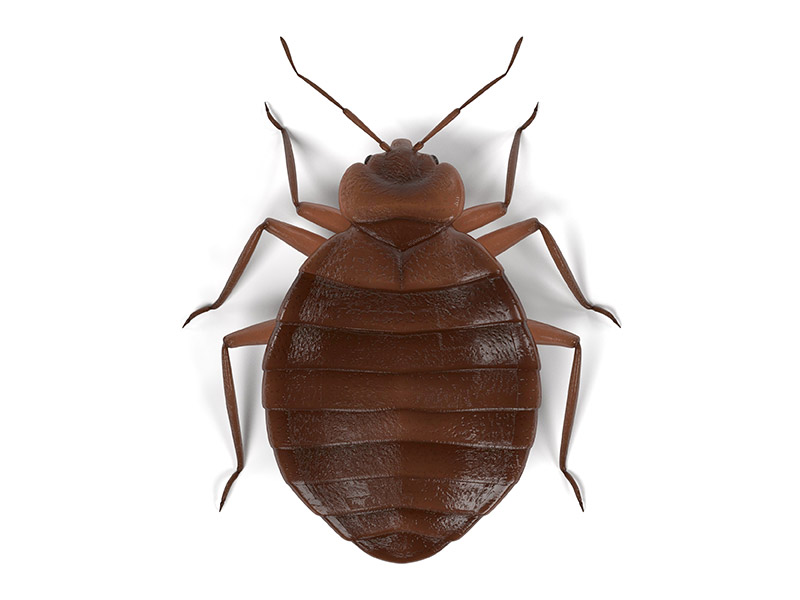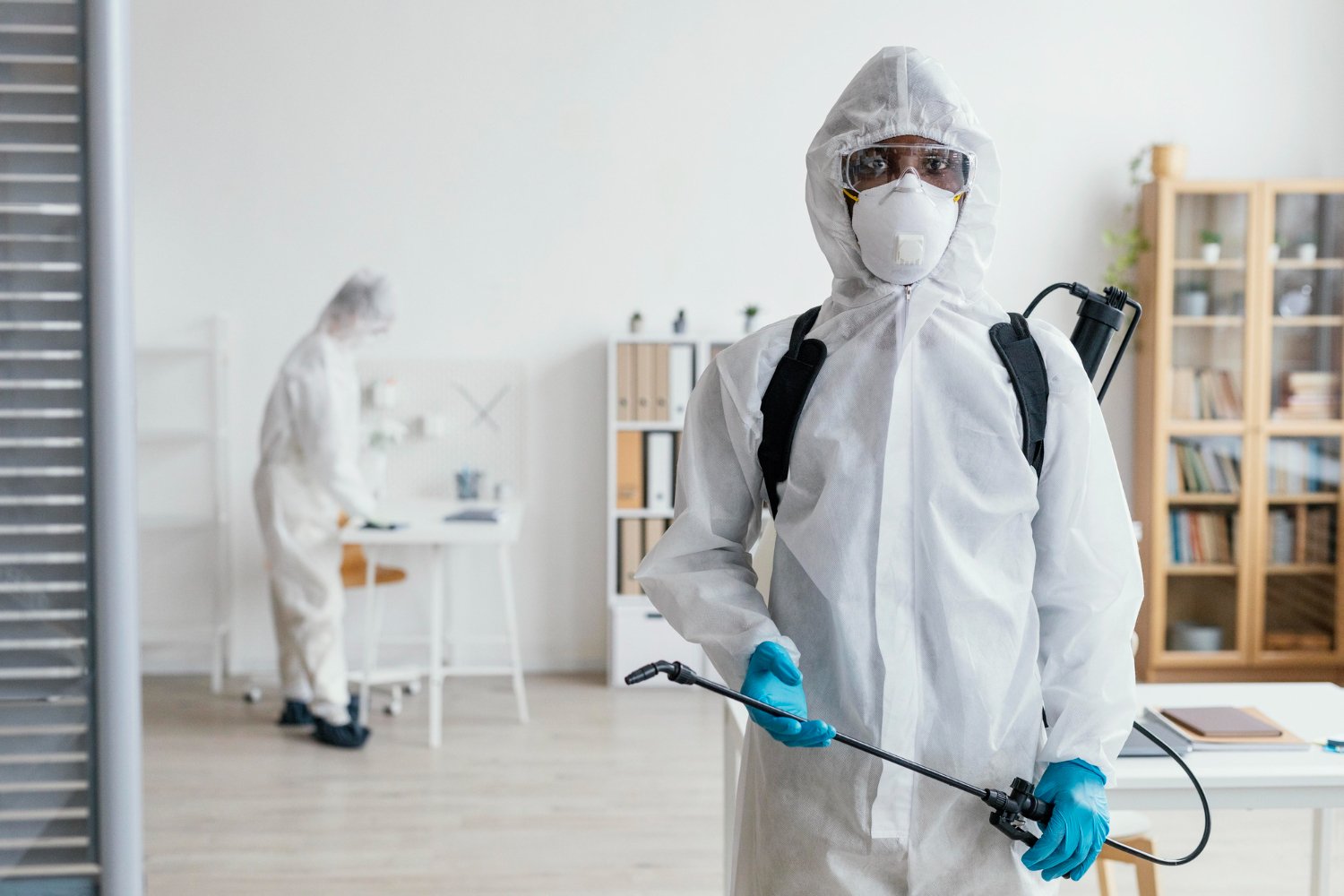Reliable Pest Control to exterminate pests and mice effectively.
Eco-Friendly Pest Control Approaches for Handling Wildlife in Urban Locations
Urban locations typically find themselves at the crossway of human activity and wildlife, causing distinct obstacles in parasite monitoring. Environmentally friendly strategies highlight sustainable coexistence, using techniques such as environment alteration and all-natural repellents to mitigate human-wildlife problems. These approaches not just shield the environment but additionally boost community involvement in wildlife monitoring. As metropolitan populaces continue to expand, recognizing the characteristics of wild animals interactions becomes significantly vital. What innovative approaches can be implemented to make certain both environmental balance and metropolitan security? Exploring this inquiry discloses a compelling landscape of potential services.
Recognizing Urban Wild Animals Characteristics
Understanding Urban Wildlife Characteristics is crucial for establishing effective and eco-friendly pest control approaches. Urban areas are progressively coming to be environments for numerous wildlife species, driven by elements such as environment fragmentation, food accessibility, and human infringement. Recognizing these dynamics enables for a nuanced method to pest monitoring that straightens with environmental concepts.
Urban wild animals frequently consists of varieties such as raccoons, squirrels, and birds, which adjust to city environments, finding specific niches in green areas, parks, and also suburbs. Their visibility can bring about conflicts with human beings, particularly when they exploit personnels for food and sanctuary. Comprehending the behaviors and ecological roles of these species notifies approaches that decrease negative interactions while promoting biodiversity.
Additionally, acknowledging the interdependencies within metropolitan communities assists in recognizing crucial areas for environment conservation and restoration. This knowledge adds to the advancement of integrated pest administration (IPM) techniques that consider the ecological balance, therefore reducing reliance on harmful chemicals. By promoting conjunction between people and urban wild animals, cities can create healthier atmospheres that benefit both homeowners and regional ecosystems, leading the way for lasting urban living.
All-natural Repellents and Deterrents
All-natural repellents and deterrents use a lasting choice to traditional insect control methods by utilizing the power of nature to keep undesirable varieties at bay. These environment-friendly solutions typically utilize plant-based ingredients, essential oils, and other normally taking place substances that deter pests without hurting the environment.
One efficient natural repellent is peppermint oil, which is understood to push back rodents and insects. Its strong scent is unpleasant to many insects, making it a preferred selection for city settings. Vinegar and citrus peels can serve as deterrents, as their solid smells are generally unattractive to different wild animals.
Furthermore, diatomaceous earth is an all-natural powder that can be spread out in locations susceptible to bug task, successfully drying out and hindering insects without posing threats to non-target species. Furthermore, garlic sprays and neem oil are acknowledged for their capability to push back a wide variety of pests, consisting of both pests and bigger wildlife.
Applying these natural repellents not just minimizes reliance on chemical pesticides yet additionally advertises a much healthier urban ecosystem, promoting a more well balanced conjunction between people and wild animals. By using these techniques, urban areas can properly manage pest populations while lessening ecological impact.
Habitat Adjustment Strategies
Effective habitat adjustment methods play an essential duty in sustainable insect monitoring by modifying the setting to make it much less for pest problems. By understanding the ecological dynamics of urban areas, building owners can execute critical modifications that hinder bugs while advertising biodiversity.
(Termite treatment Port Charlotte)One main strategy involves maintaining proper cleanliness. This consists of routine waste removal, protecting garbage can, and getting rid of standing water to minimize breeding sites for bugs and rats. Furthermore, landscaping practices such as selecting native plants can enhance environmental balance, providing environments for useful organisms while lessening resources for insects.
Another crucial method is to secure entrance points in structures. Examining and fixing fractures in structures, walls, and home windows can substantially decrease parasite gain access to. Producing physical obstacles, such as fences or plant barriers, can inhibit wild animals movement right into human-inhabited locations.
Integrated Pest Administration Practices
Structure upon habitat adjustment methods, integrated parasite administration (IPM) practices offer an alternative approach to managing parasite populations while lessening ecological impact. IPM incorporates various techniques, consisting of organic, social, mechanical, and chemical controls, to achieve effective bug management.
Organic control includes the intro of natural killers or parasites to minimize parasite populaces. Cultural methods, such as plant turning and hygiene, interfere with pest life process and decrease their environments - Pest control service. Mechanical controls, like catches and obstacles, provide immediate relief from insect stress without chemical treatment
Chemical controls are used as a last hope, concentrating on targeted applications that restrict injury to non-target get more species and the environment. The choice of ecologically pleasant chemicals, when needed, is indispensable to the IPM structure. In addition, checking insect populaces and analyzing possible damage aids educate decision-making, making certain that interventions are timely and efficient.
Area Participation and Education

(Equine Pest Protection)Workshops and educational sessions can gear up residents with understanding regarding indigenous varieties, habitat preservation, and reliable non-toxic parasite administration strategies. Cooperation with schools, local companies, and government agencies even more boosts instructional outreach, making sure that vital information reaches varied audiences.
Furthermore, community-led campaigns, such as area clean-up days and environment remediation tasks, not just advertise biodiversity yet also reinforce area ties. Pest control service. By motivating citizens to share their experiences and monitorings, communities can establish targeted strategies that deal with certain neighborhood insect problems
Including responses from residents into insect monitoring plans allows a much more receptive and flexible technique to wild animals obstacles. Ultimately, notified and engaged neighborhoods are crucial to accomplishing long-lasting success in eco-friendly insect control, bring about much healthier urban environments that respect both human and ecological demands.

Verdict
In verdict, eco-friendly parasite control approaches deal sustainable solutions for handling urban wildlife. By focusing on habitat alteration, using all-natural repellents, and executing incorporated pest monitoring practices, areas can foster a harmonious conjunction with local animals. Moreover, engaging locals via education improves recognition and encourages liable wildlife communications. Inevitably, these strategies not only shield biodiversity but likewise advertise ecological health and wellness, ensuring city areas stay lively communities where people and wild animals grow together.